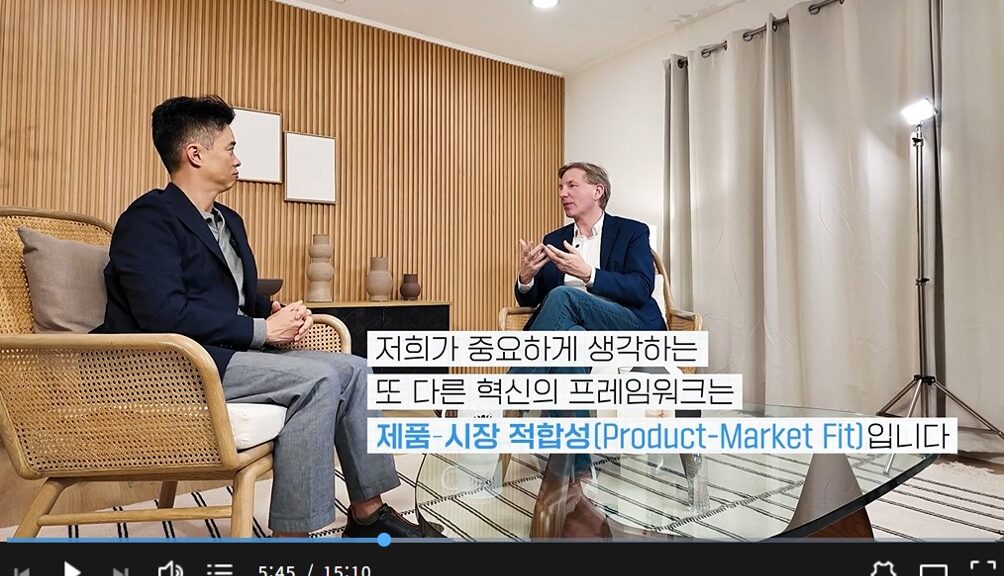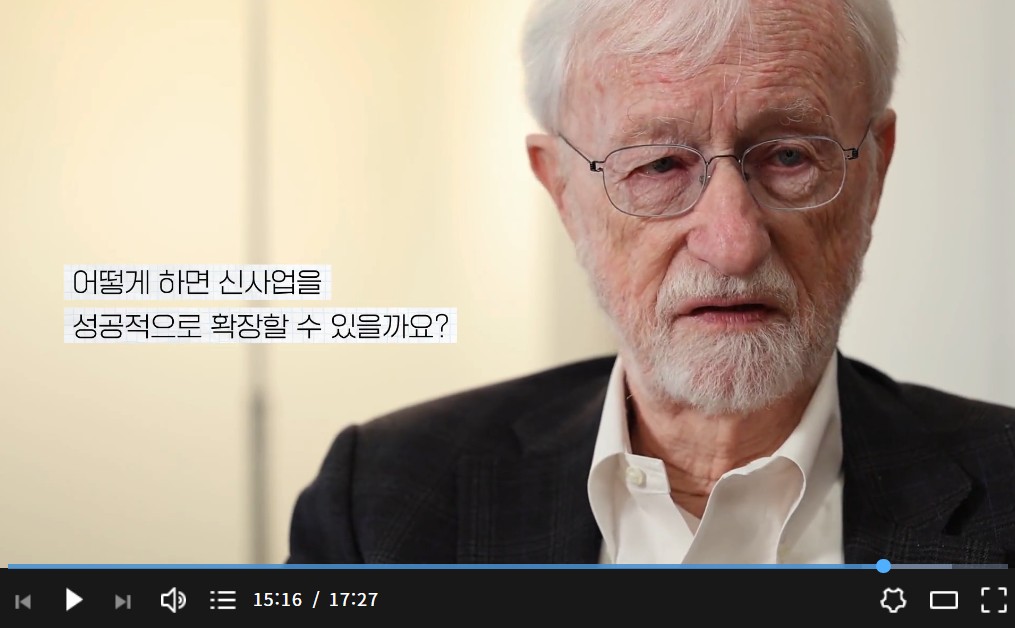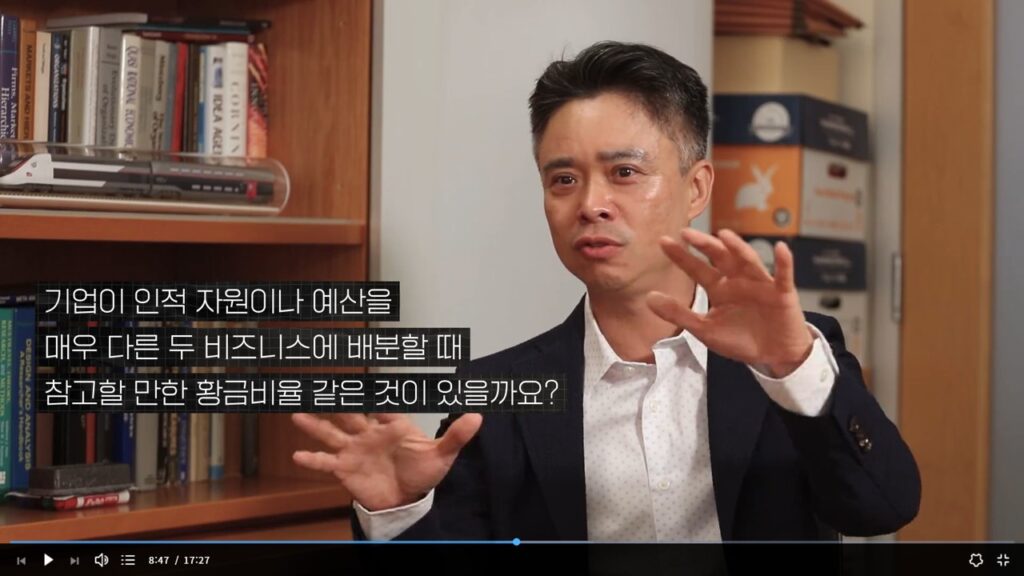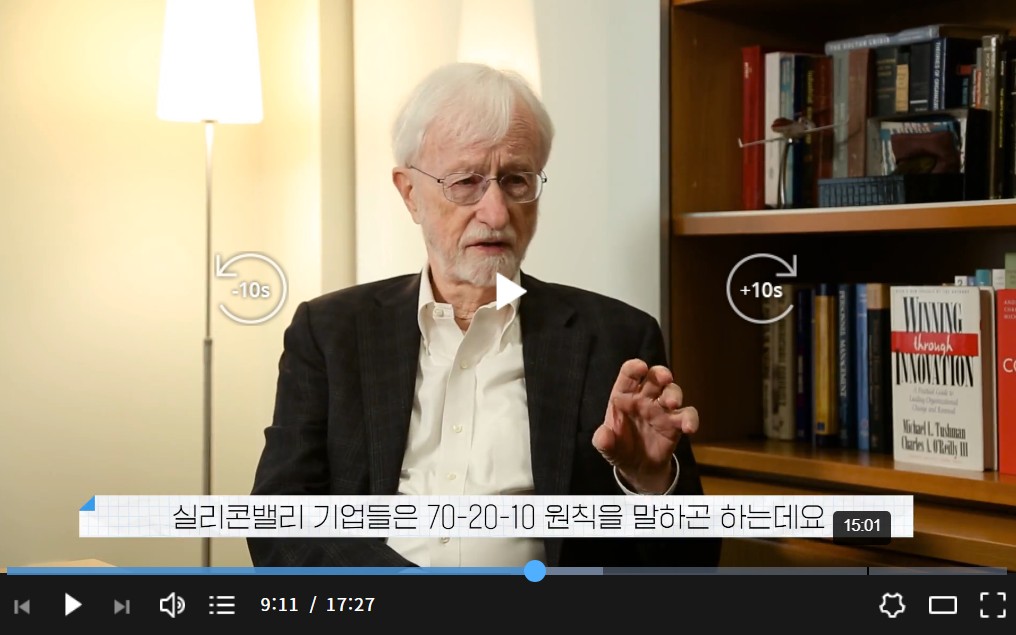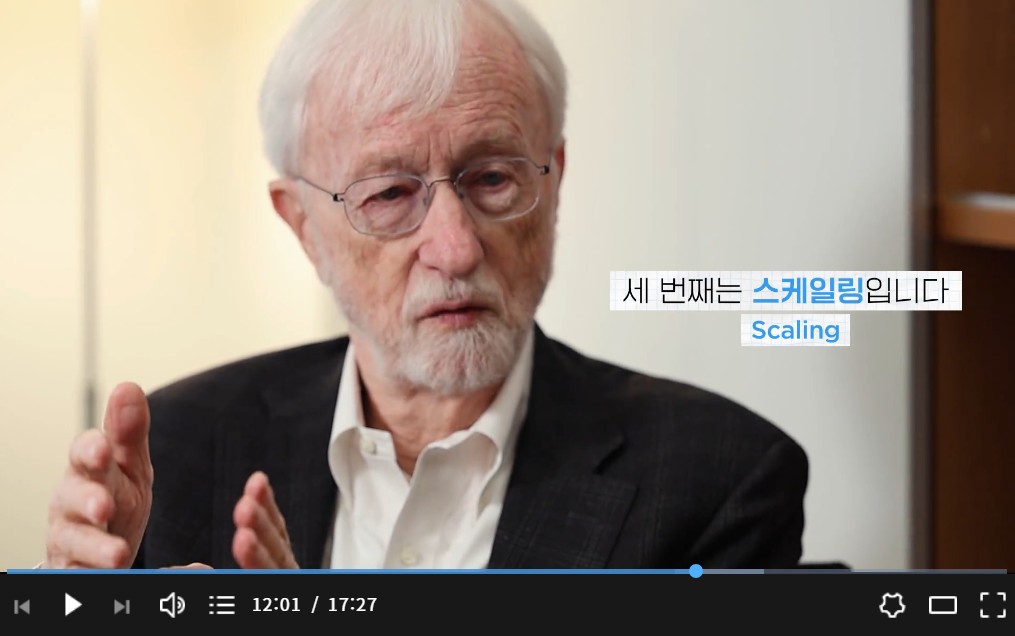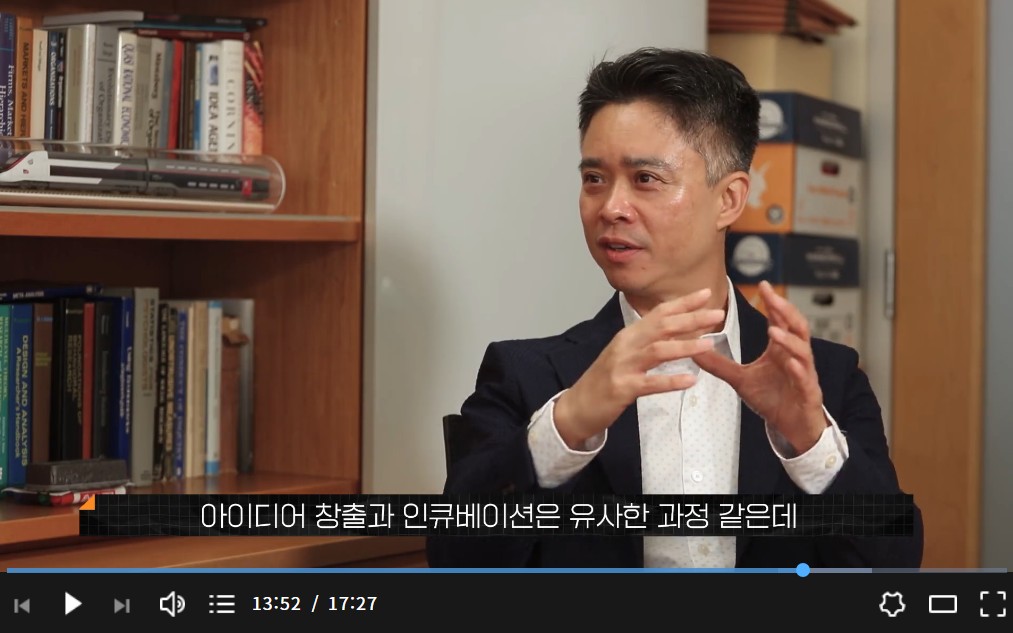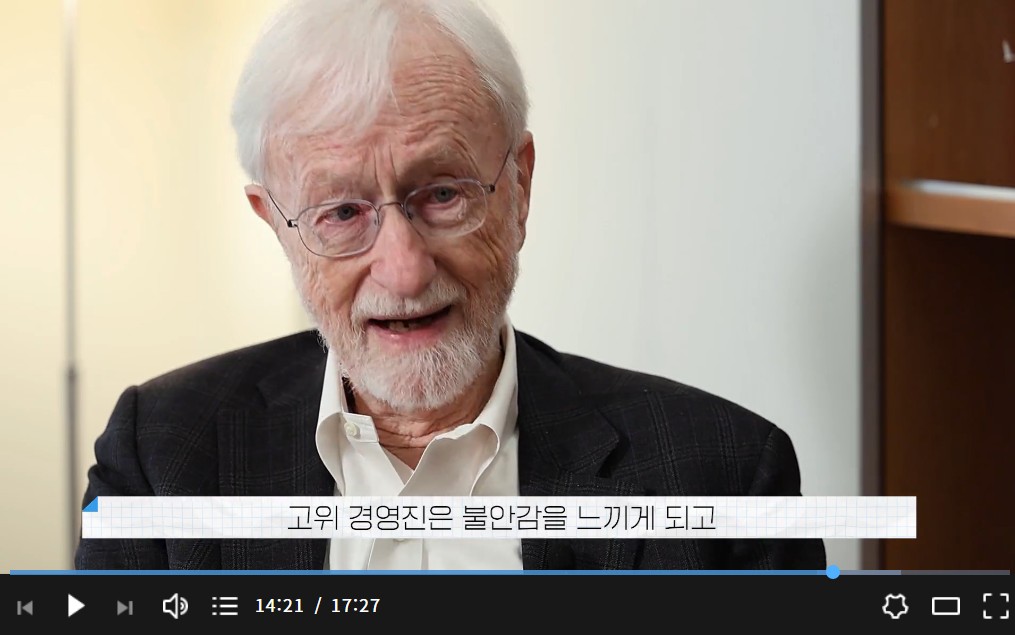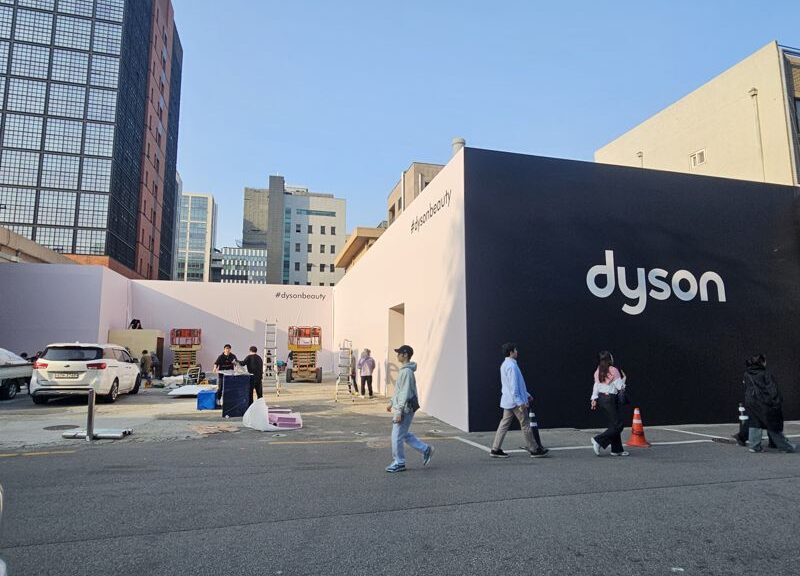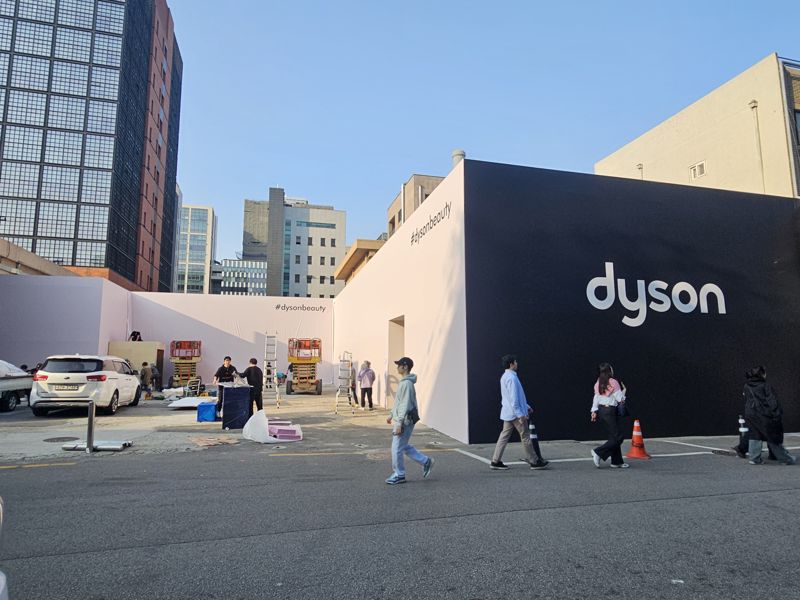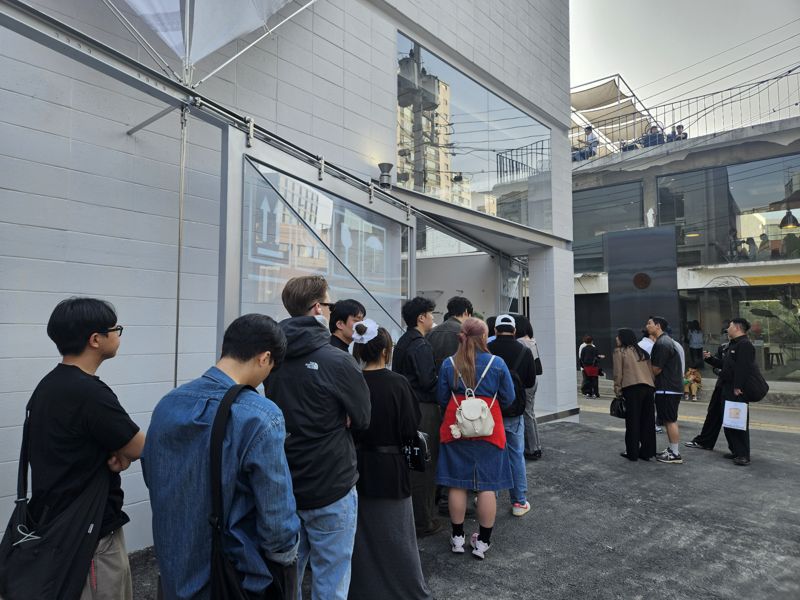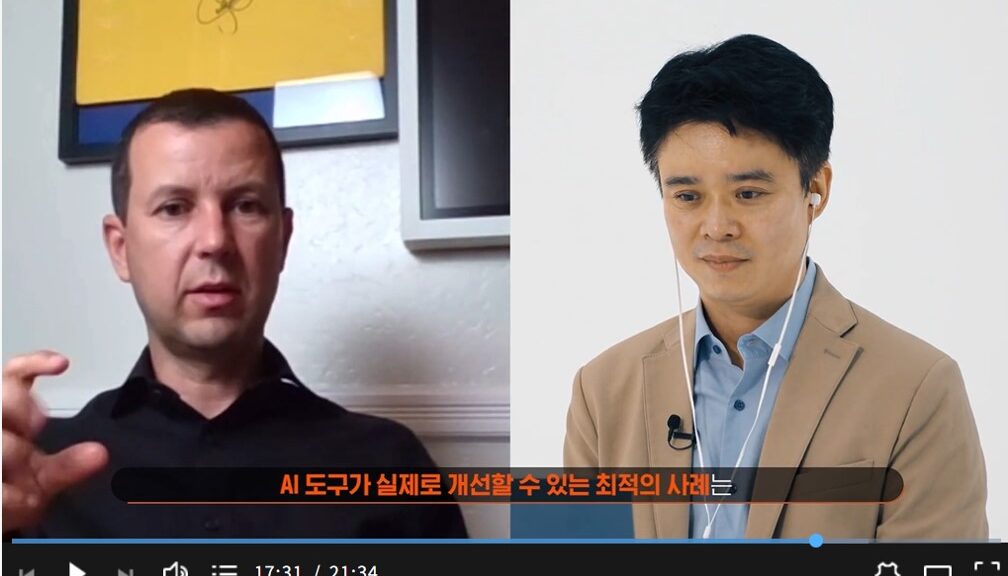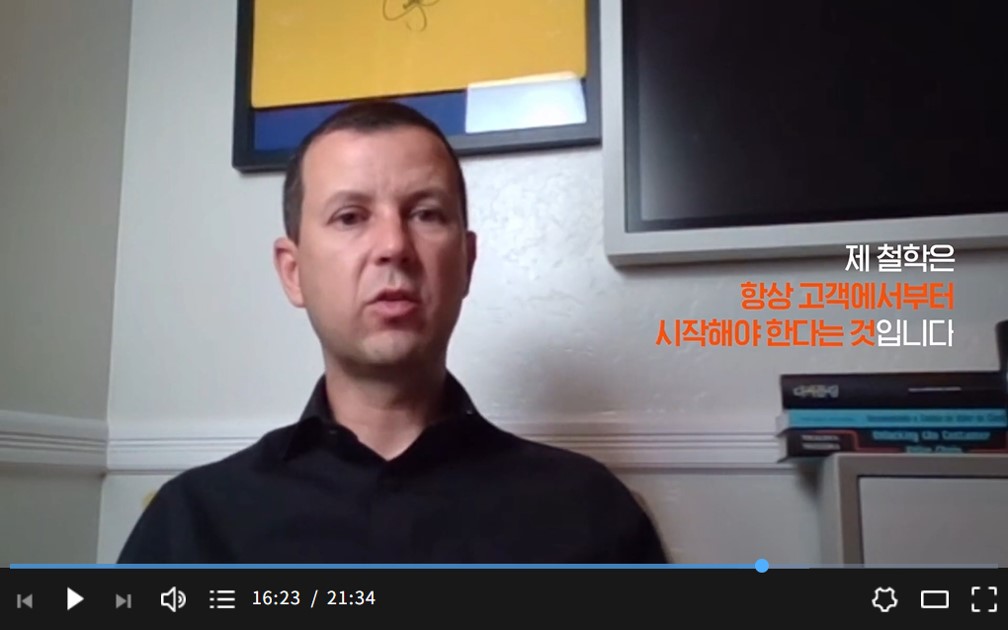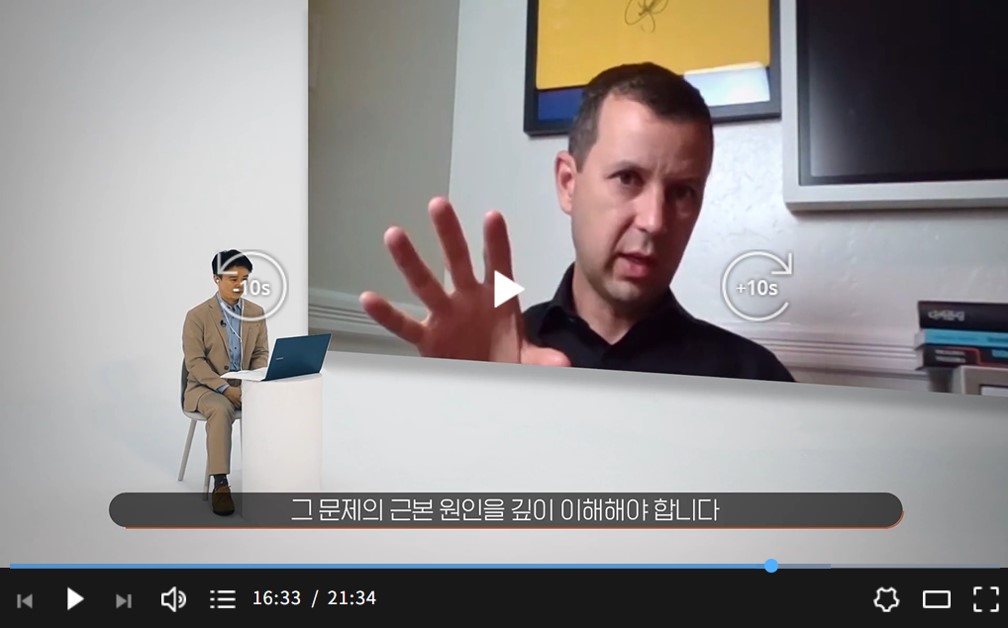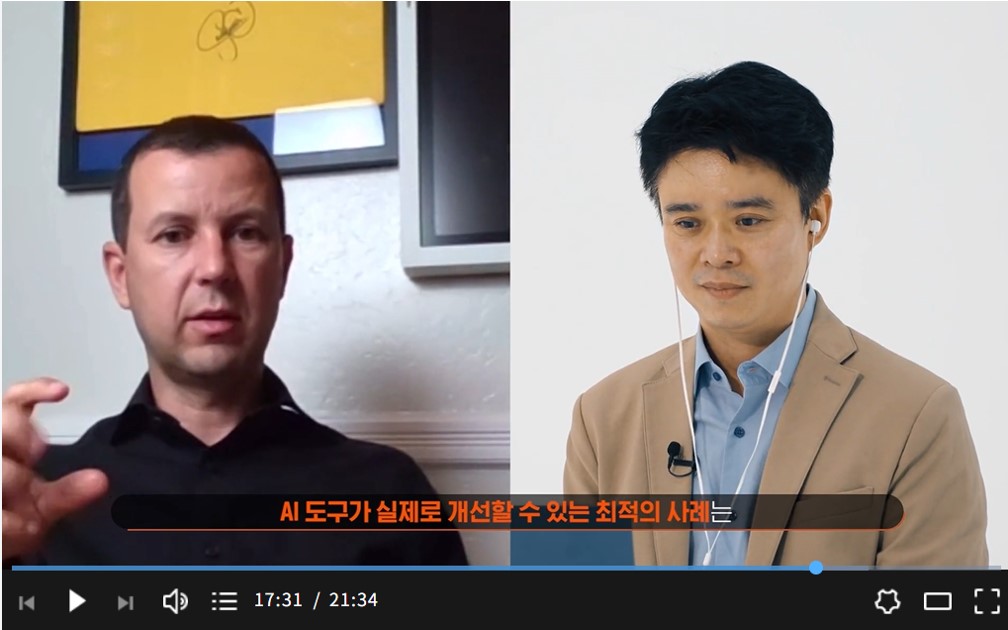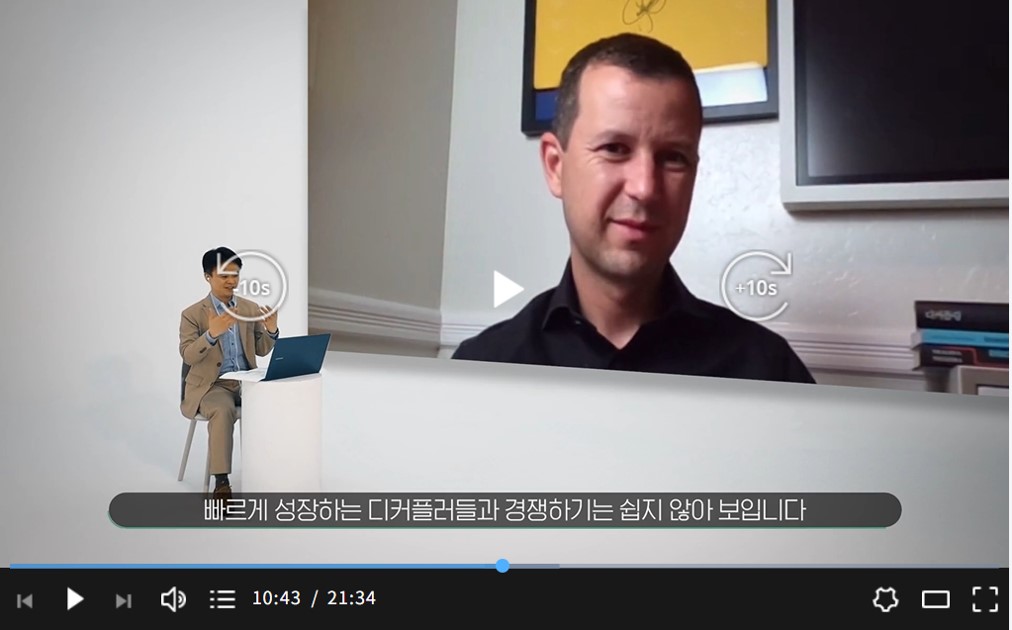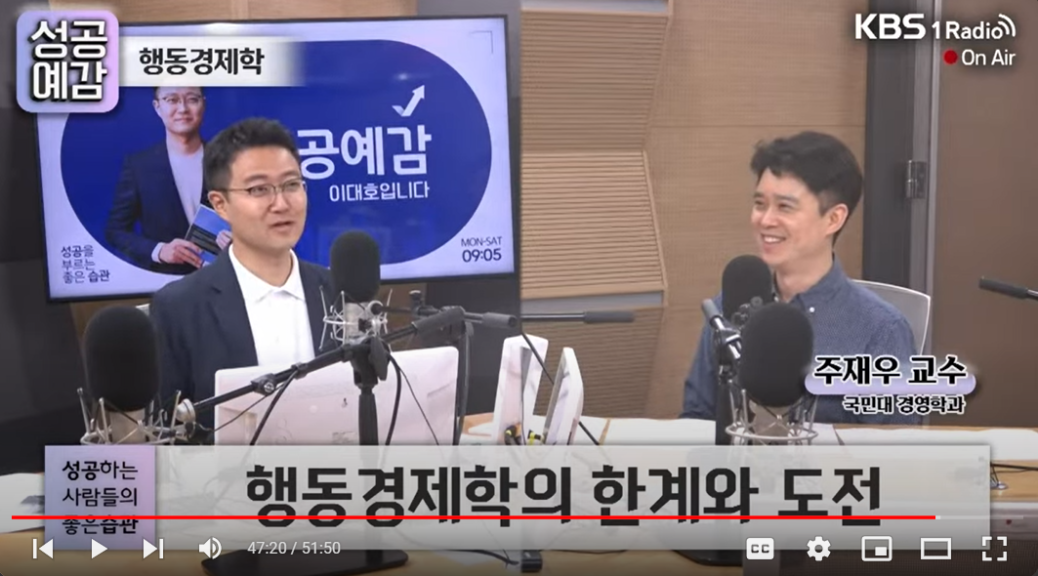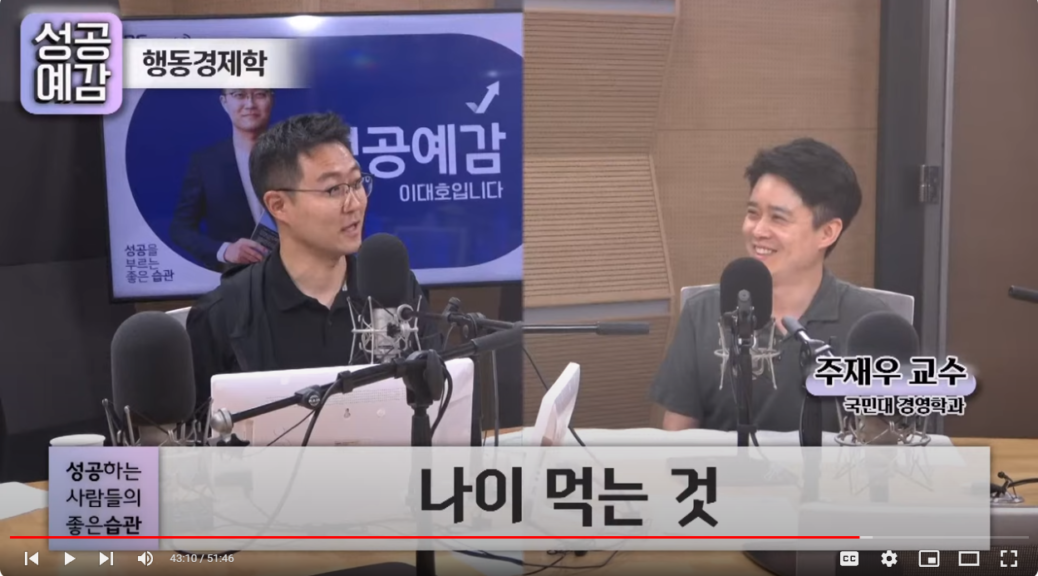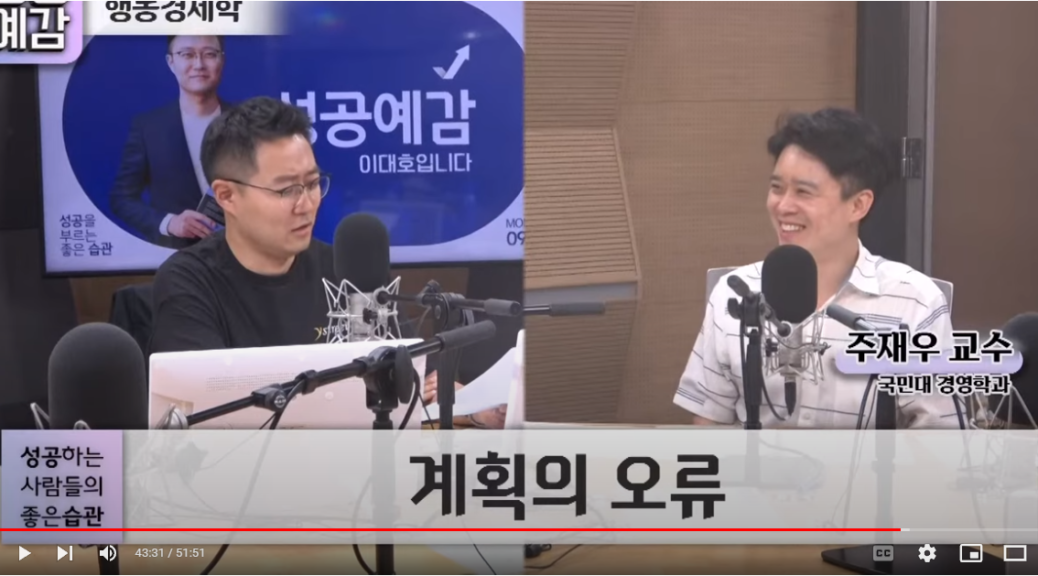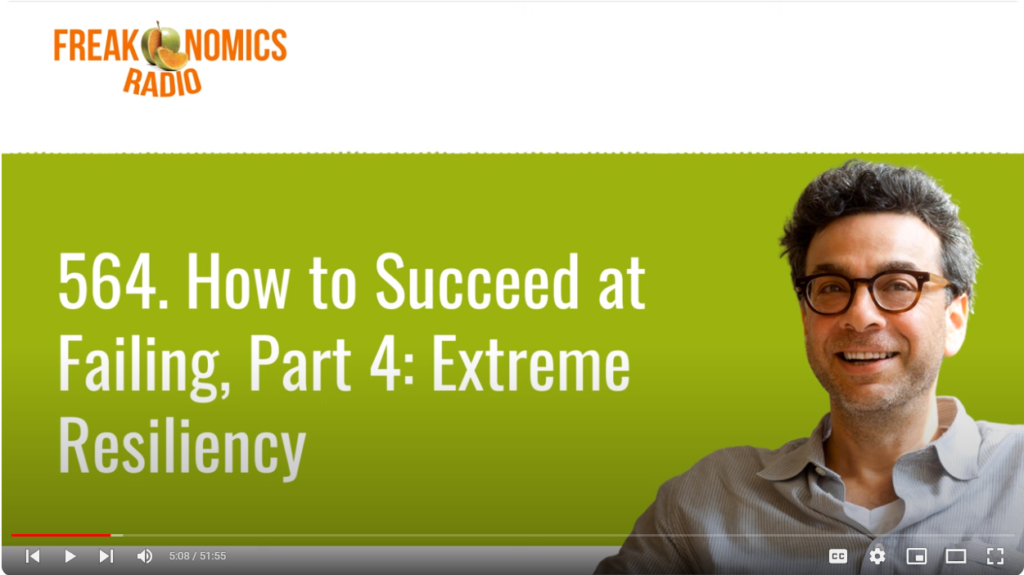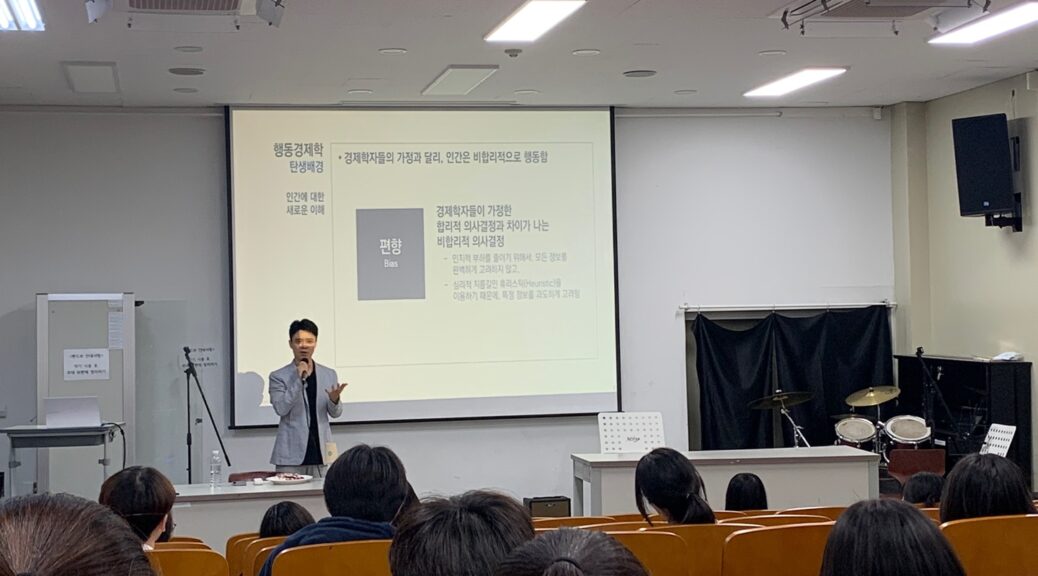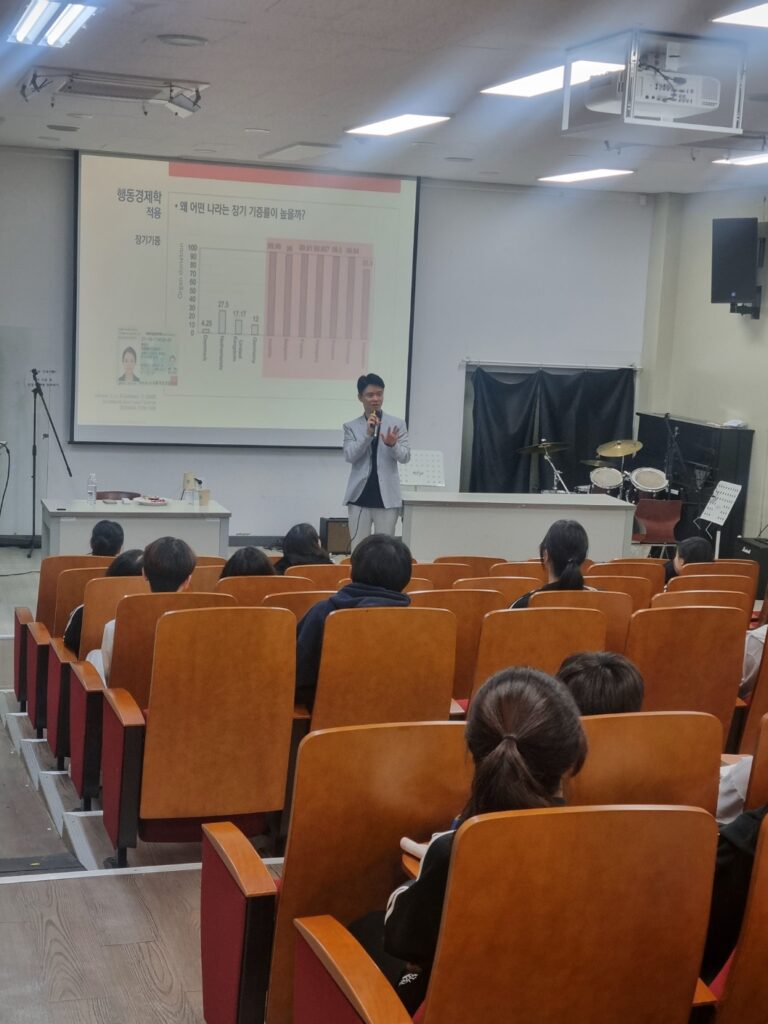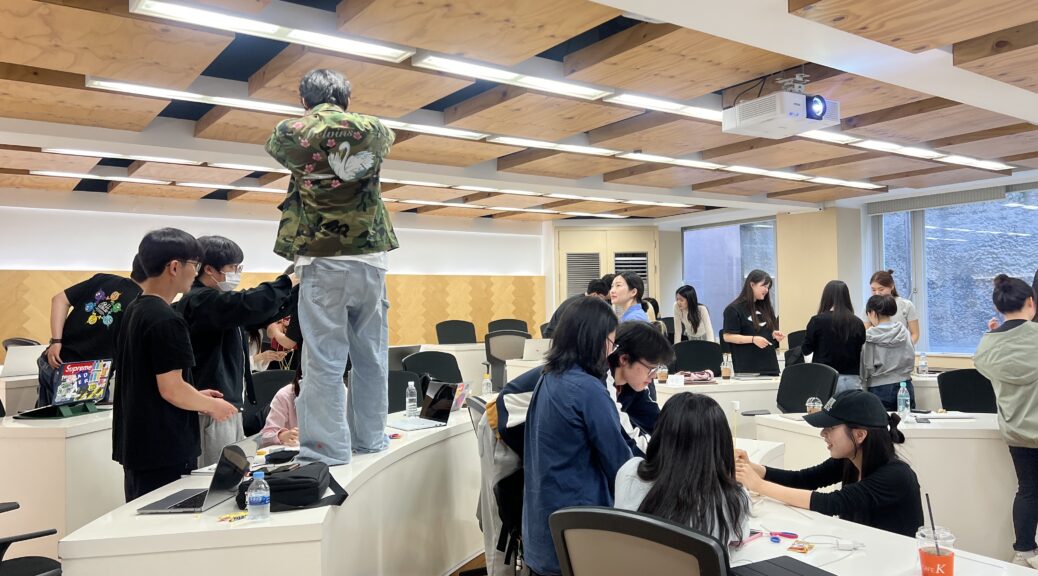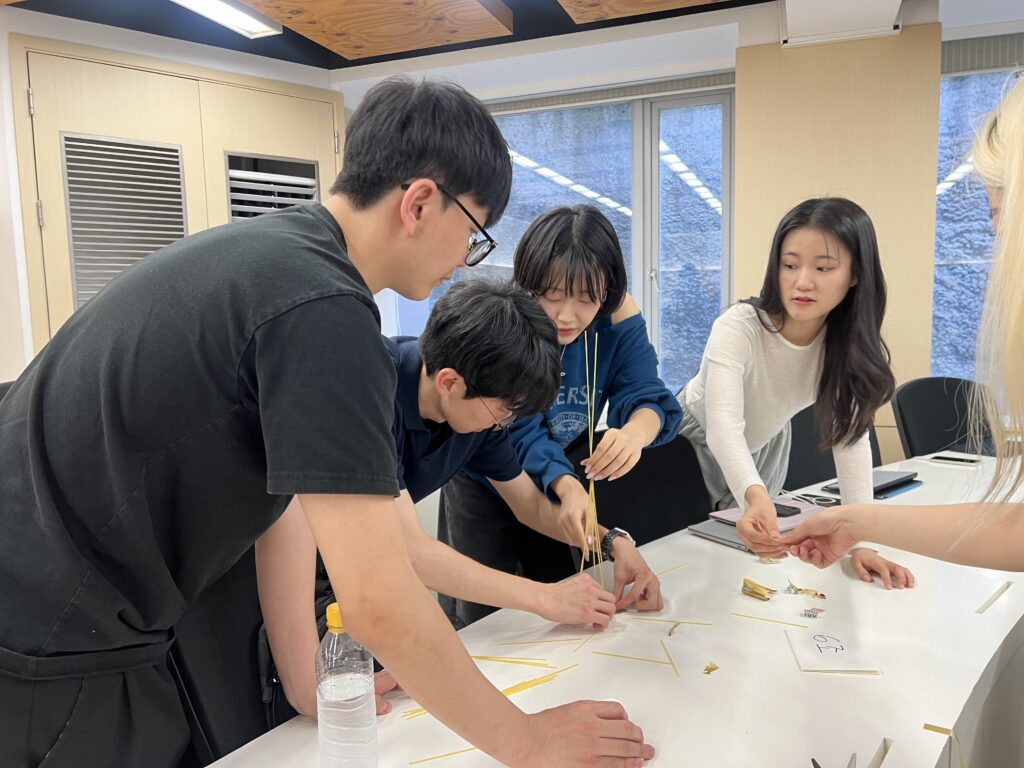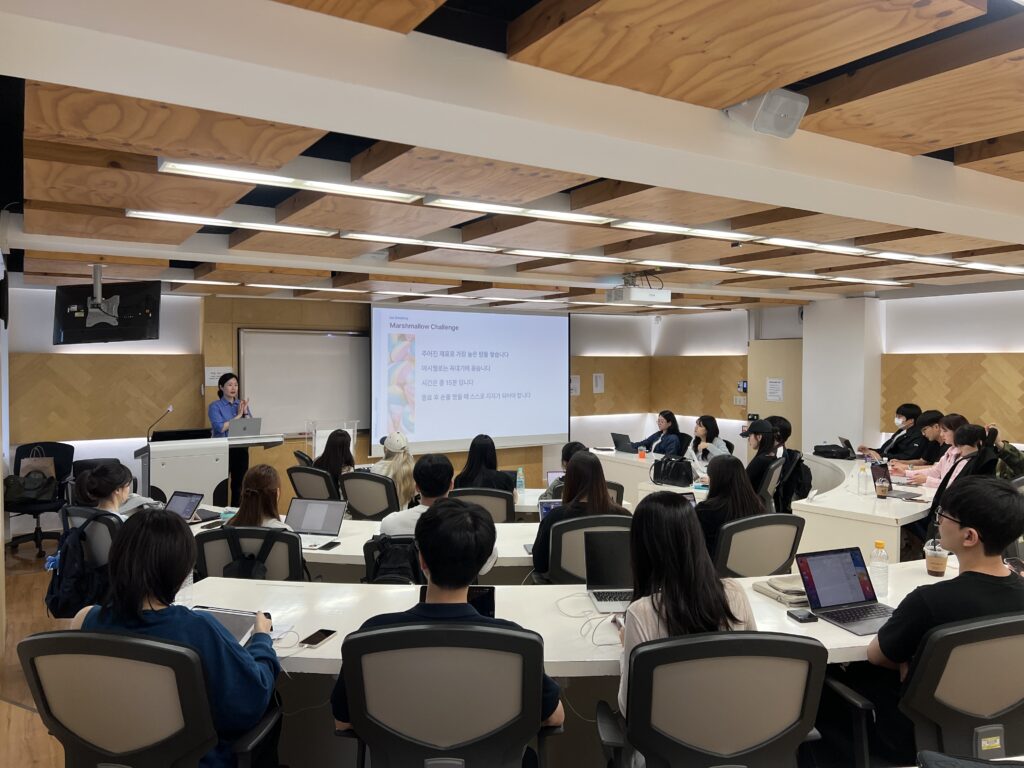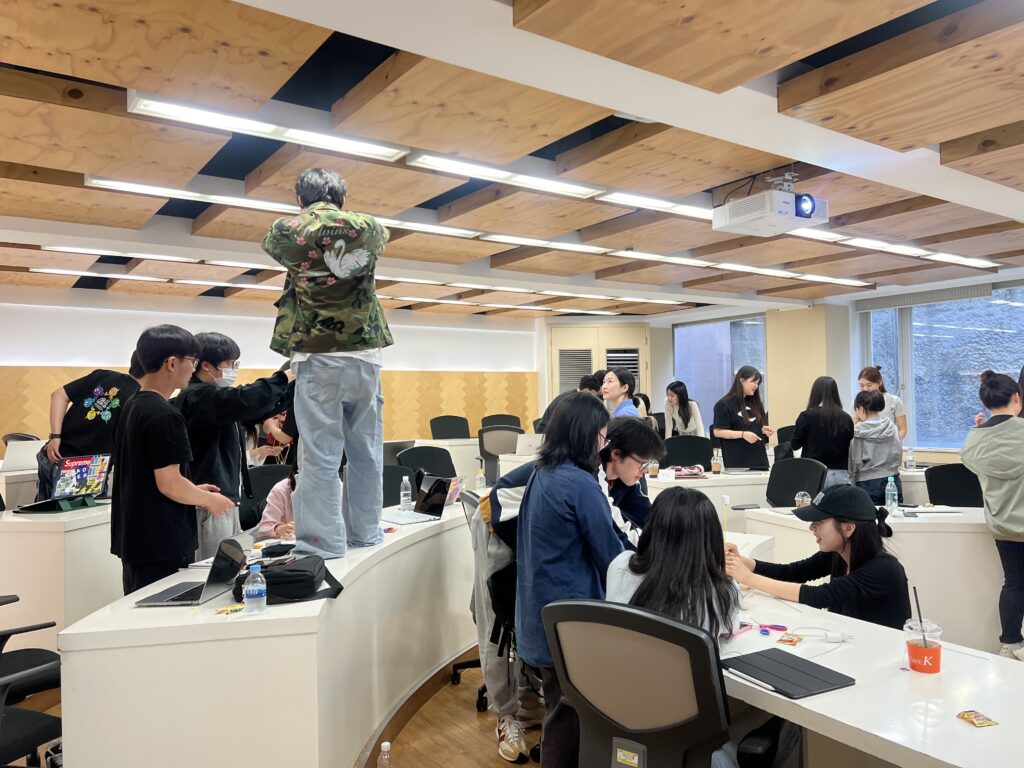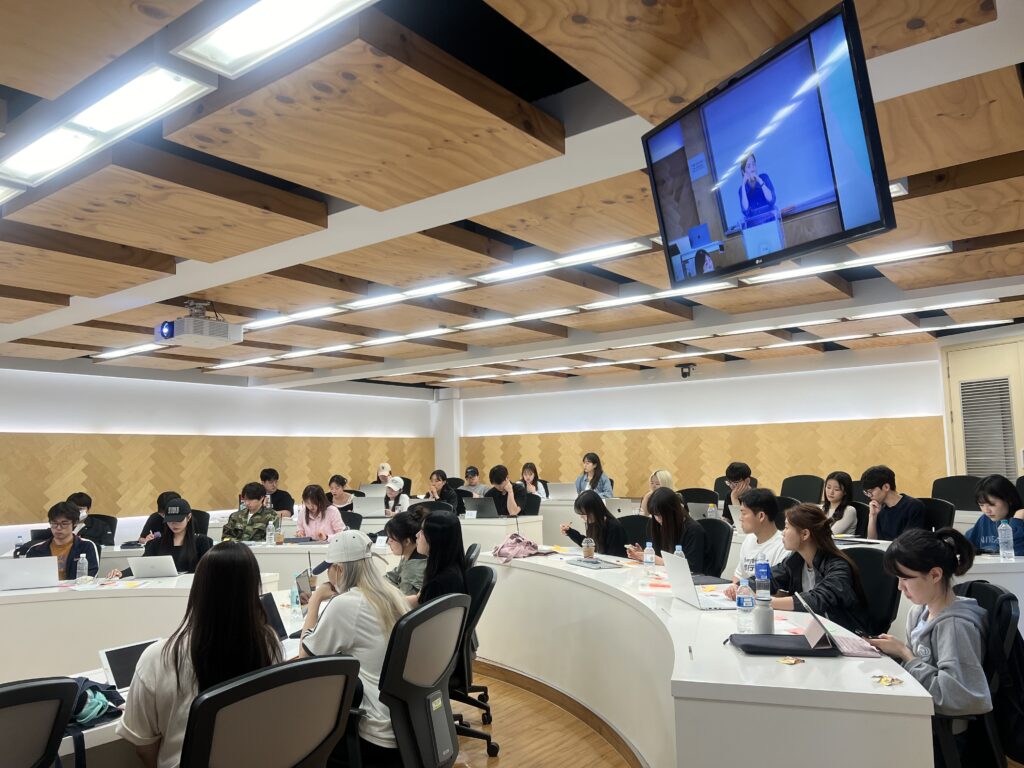기업은 고객에게 필요한 ‘가치’를 발굴하고, 창출하여, 제공함으로써 이윤을 추구하는 집단이다. 눈에 보이지 않는 가치를 가시화하기 위해서는 수많은 문제를 해결하기 위해 끊임없이 변화해야 하고, 다양한 분야의 사람들과 협업해야 한다. 여기서 비즈니스 모델 캔버스는 비즈니스의 핵심영역을 이해하기 쉽게 기술하여 변화와 협업 속 기업이 목적을 잃어버리지 않고, 나아갈 수 있도록 로드맵을 제공한다.
이 모델의 장단점을 비교하여 세부적인 특징들을 알아보고자 한다.
우선 비즈니스 모델 캔버스(이하 BM캔버스)를 작성하면 고객 세그먼트, 가치 제안, 수익원, 주요 활동, 핵심 파트너, 주요 리소스, 채널, 고객관계, 비용구조 등 비즈니스의 핵심 요소들을 명확하게 파악할 수 있다. 이를 통해 서로 다른 이해 관계자와의 의사소통 시 한눈에 볼 수 있는 BM 캔버스의 시각화 특성을 통해 오류 없이 수월하게 비즈니스와 관련된 정보를 전달할 수 있다. 또한 BM캔버스는 수정에 용이하기 때문에 실험을 통한 피드백을 반영하기 쉽다. ‘테스트 진행 후 BM캔버스 반영’을 하나의 반복적인 프로세스로 만든다면 완성도 높은 제품을 이끌어낼 수 있다. 마지막으로 9개의 핵심 영역을 구분하여 작성하면서 취약한 영역, 잠재적인 위험을 갖고 있는 요소를 파악할 수 있기 때문에 이에 대한 대처 전략을 개발하여 위험을 완화시킬 수 있다.
하지만 분명 한계도 존재한다. BM캔버스는 복잡한 비즈니스 모델을 간단히 요약했기 때문에 전체 세부적인 계획과 흐름을 파악할 수 없다. 또한 경쟁사 및 외부환경이 항목화 되지 않았기 때문에 비즈니스 모델만으로는 외부상황에 대처하기 어려워 추가적인 대비를 필요로 한다. 마지막으로 사회적 가치 영역의 배제되어 비영리단체나 기업의 ESG비전을 반영하기 어렵다.
이번 특강을 통해 비즈니스 모델 캔버스를 작성해보며 느낀 BM캔버스의 가장 큰 장점은 ‘고객가치’를 중점으로 기획 과정을 진행할 수 있다는 점이다. 실제로 기획을 하다 보면 후반으로 갈수록 처음에 설정한 기획 목적과 다르게 실행을 위한 수단, 전술에 매몰되는 경우가 있다. 하지만 BM캔버스를 작성하게 되면 고객 세그먼트와 제안하고자 하는 가치를 명확하게 설정하고 가시화할 수 있기 때문에 아이디어에 의문이 들 때마다 가장 중심이 되는 가치에 대한 고민으로 돌아갈 수 있는 점이 좋았다. 또한 이 점이 BM캔버스가 아이디어를 구체화하는데도 굉장히 유용한 도구라고 느낄 수 있게 했다. 각 요소를 채워가는 과정 속, 아이디어의 한계와 오류를 직면할 수 있고, 이를 개선해나가며 모든 항목을 다 채웠을 땐 더이상 아이디어가 아닌 하나의 비즈니스 모델을 마주할 수 있을 것이라고 생각했다.
그리고 혼자 작업할 때와 달리 팀으로 작업하였을 때 가장 크게 느낀 점은 ‘관점의 차이’였다. ‘콘바디’라는 하나의 비즈니스에 대해 모두가 채워온 내용이 달랐는데, 이를 통해 굉장히 독특한 컨셉을 갖고 있는 콘바디마저도 사람마다 핵심역량에 대해 생각하는 관점이 다르다는 것을 느꼈고, 그렇기 때문에 실제 작업시 공동의 목표를 명시화 하는 것은 정말 필요한 과정이라고 생각했다. 그리고 서술형 작성이 아닌 영역별 키워드 작성으로 항목별 비교가 가능하다는 점, 이를 통해 가장 적합한 아이디어를 고를 수 있는 것이 BM캔버스가 협업의 도구로도 매우 적합하다고 느끼게 해줬다. 실제 비즈니스 또한 다양한 전공과 분야를 가진 사람들이 하나의 비즈니스 모델을 완성하기 위해 끊임없이 노력하는데 이때 BM캔버스를 활용하여 상품 개발을 진행한다면 보다 효율적인 협업과 완성도 높은 비즈니스 모델을 만들 수 있을 것이라고 생각했다.
Written by 이지윤 (국민대학교 경영대학)
이번 혁신상품기획 수업은 비즈니스 모델 캔버스를 주제로 황수아 박사님께서 진행해 주셨다. 비즈니스 모델 캔버스의 개념에 대해 다른 전공 수업에서 얼핏 들은 적이 있는데 그때 당시에는 단순히 BM 모델의 개념과 구성 요소에 대해서만 설명을 들어서 오늘 특강이 굉장히 나로 하여금 큰 기대를 하게 만들었다. 또한 이 수업에서 진행하는 첫 팀프로젝트이다 보니 나에게 이 수업이 굉장히 특별하게 다가왔다.
수업은 처음에 팀원끼리 마시멜로를 높이 쌓는 활동을 진행한 다음, 박사님께서 BM Canvas 구성과 관련된 사례에 대해 구체적으로 설명해 주셨다. 그리고 마지막으로 박사님께서 제시한 사례를 바탕으로 비즈니스 모델 캔버스를 직접 작업해보는 시간을 가졌다.
우선, 비즈니스 모델 캔버스에 대한 설명과 작업을 하고 난 뒤 비즈니스 모델 캔버스의 장단점에 대해 다음과 같이 생각해보았다. 먼저, 비즈니스 모델의 장점은 다음과 같았다. 첫번째, 비즈니스 모델 캔버스의 각 9개 구성 요소가 한눈에 볼 수 있도록 시각적으로 잘 정리되어 있어 이해하기 쉽다는 점이다. 그러다 보니 모든 팀원들이 잘 정리된 캔버스 모형을 보고 편하게 논의할 수 있어 같이 프로젝트를 진행하는 과정이 굉장히 용이했다. 두 번째, 9개 구성 요소를 바탕으로 다양한 아이디어를 떠올리며 새로운 비즈니스 기회를 여러 차례 발견할 수 있다. 세번째, 캔버스 안에서 내용의 변경사항을 쉽게 반영할 수 있어 변화에 유연한 대응이 가능하다. 신제품 개발 초기 단계에서 필요한 이 비즈니스 모델 캔버스 안에 내용을 간소하게 작성하다 보니 팀원들과 이야기하며 새로운 아이디어가 떠오를 때마다 수정을 해야 하는 경우가 있었는데 이 비즈니스 모델 캔버스는 쉽게 내용을 변경할 수 있어 유연한 대처가 가능했다.
반면, 비즈니스 모델 캔버스는 구체성이 떨어진다는 단점이 있었다. 이 비즈니스 모델 캔버스를 통해 새로운 아이디어가 빠르고 쉽게 탄생되다 보니 사업계획서에 적혀 있는 아이디어만큼의 세부적인 내용 퀄리티를 완성시키는 데는 턱없이 부족했다. 또한 팀원들과 논의하는 도중에 아이디어의 방향성이 원래 아이디어와는 반대로 전환되는 경우가 있어 적응하기 조금 어려웠다. 비즈니스 모델 캔버스를 혼자 작성해보았을 때 아무래도 처음 작업을 하는 것이다 보니 주어진 사례를 바탕으로 내용을 굉장히 조심스럽게 작성해보기 시작했다. 특히 나는 어떤 일을 할 때 꼼꼼하게 작업을 하는 스타일이라서 내용 작성을 하며 마음에 들지 않은 부분은 여러 번 수정해야 겨우 한 칸을 채울 수 있었다. 이렇게 혼자 작성하는 시간이 끝나고 팀원들의 아이디어를 공유하며 이야기할 때, 나는 팀원들이 짧은 시간 안에 다양한 아이디어를 작성한 것을 보고 깜짝 놀랐다. 그리고 처음 마시멜로를 높게 쌓는 활동을 했을 때 박사님께서 해주신 말씀이 기억이 났다. “제품 개발을 할 때 철저하게 계획을 세워보는 것도 좋지만 그것보다는 초기 단계에 가설을 세운 다음 빨리 테스트를 해보고 이 테스트하는 과정에서 팀원들과 함께 최대한 많은 라운드를 돌고 실패를 경험하며 성공을 하기 위한 발판을 쌓는 것이 중요하다”는 말씀이었다.
이를 다시 되짚어 보니 내가 처음에 비즈니스 모델 캔버스를 작업해볼 때 초기 단계에서 철저하게 계획을 세우려다 보니까 시간도 많이 들고 부담이 되어 아이디어가 바로바로 떠오르지 않았던 것 같다. 성격상 구체적인 계획이 없으면 새로운 것을 시도하기 굉장히 겁내는 스타일이라 항상 새로운 일을 하는 데까지 시간이 오래 걸려 도중에 포기하는 경우가 많았다. 따라서, 오늘 박사님께서 전해주신 말씀이 앞으로 내가 훗날 기업의 상품을 기획하는 일 혹은 새로운 것을 시도해야 하는 상황에 닥쳤을 때 큰 믿음이 될 것 같다고 생각했다.
Written by 김유진 (국민대학교 경영대학)







